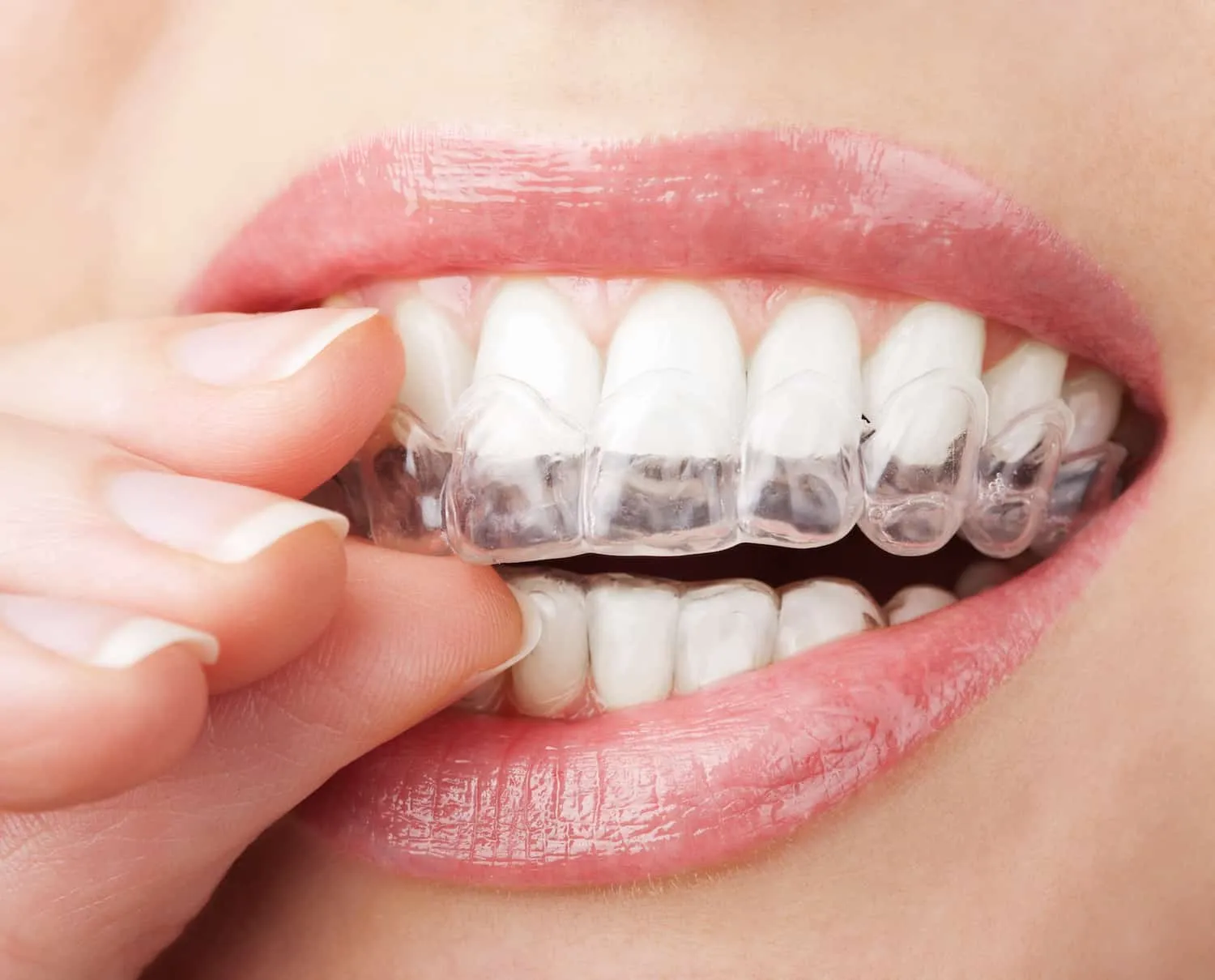Understanding Teeth Whitening Problems
Teeth whitening is a popular cosmetic procedure, offering a brighter smile and boosting self-confidence. However, it’s essential to be aware of potential teeth whitening problems before you begin. While generally safe, whitening treatments can sometimes lead to unwanted side effects or less-than-ideal results. Understanding these issues allows you to make informed decisions, discuss concerns with your dentist, and take proactive steps to minimize risks. This guide will delve into five common problems associated with teeth whitening, providing insights into their causes, solutions, and preventative measures, so you can achieve a beautiful, healthy smile while minimizing potential drawbacks. Remember that consulting with a dental professional is always the best way to ensure your whitening experience is both effective and safe, and they can give you the best guidance regarding whitening teeth problems.
Sensitivity Issues
One of the most frequently reported teeth whitening problems is increased tooth sensitivity. This sensation can range from mild discomfort to sharp, shooting pains, particularly when consuming cold or hot foods and drinks. The chemicals in whitening agents, such as hydrogen peroxide or carbamide peroxide, can penetrate the enamel and reach the dentin layer, which contains tiny tubules connected to the nerves within the tooth. This process temporarily irritates the nerves, leading to heightened sensitivity. The intensity of the sensitivity can vary depending on the concentration of the whitening agent, the duration of the treatment, and individual factors like pre-existing sensitivity or thin enamel. Many individuals experience sensitivity during the whitening process, but it typically subsides within a few days after treatment completion.
Causes of Tooth Sensitivity
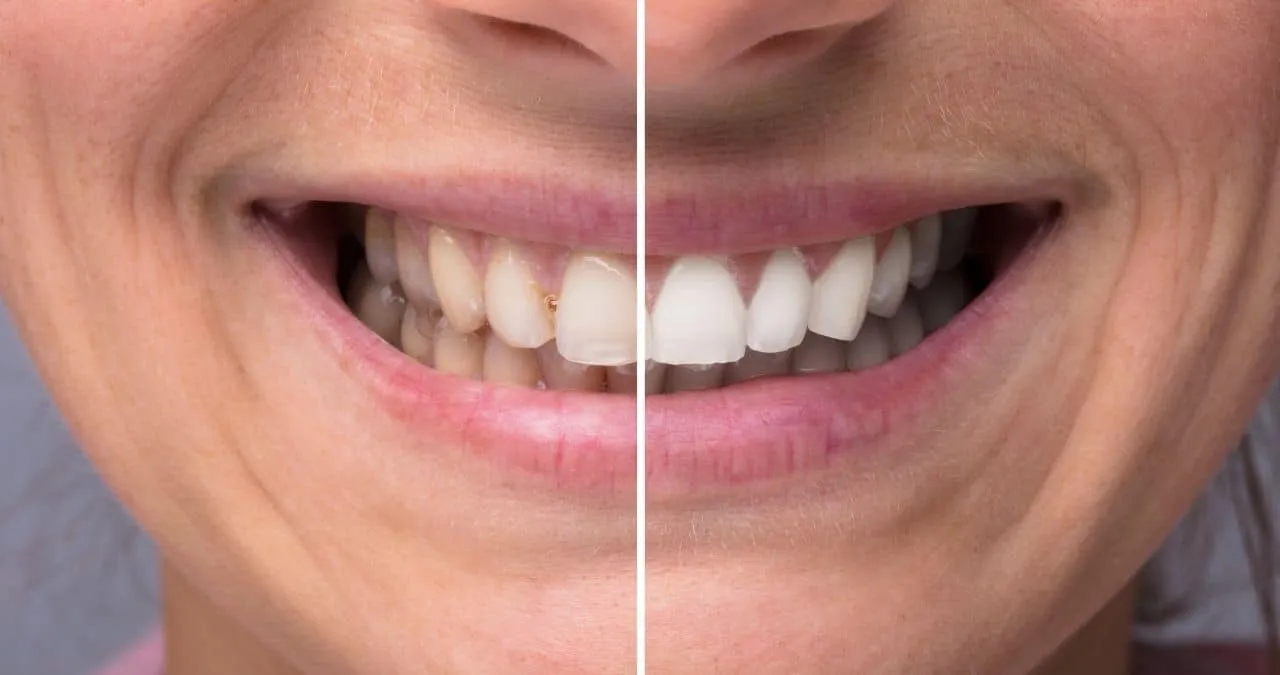
Tooth sensitivity during teeth whitening is primarily caused by the chemicals used in the whitening process. Hydrogen peroxide and carbamide peroxide, the active ingredients, break down into oxygen molecules that penetrate the enamel and dentin, which is the layer beneath the enamel. This process temporarily opens the pores in the enamel, allowing the whitening agents to reach the nerves. Individuals with pre-existing dental issues, such as receding gums, enamel erosion, or micro-cracks in their teeth, may experience more intense sensitivity. The concentration of the whitening agent also plays a role; stronger solutions often lead to increased sensitivity. Moreover, the duration of the treatment, whether at-home or in-office, can affect sensitivity levels. Some people are naturally more prone to sensitivity than others, regardless of whitening treatment, due to thinner enamel or more porous teeth, exacerbating the teeth whitening problems.
Managing Sensitivity During Whitening
If you experience tooth sensitivity during teeth whitening, there are several strategies to alleviate the discomfort. Switching to a toothpaste designed for sensitive teeth, which contains ingredients like potassium nitrate, can help block the tubules and reduce nerve sensitivity. Using a fluoride rinse can also strengthen enamel and minimize sensitivity. You may also consider taking breaks from the whitening treatment, using it less frequently, or shortening the application time. Your dentist can provide custom-fitted trays for at-home whitening, ensuring the whitening agent is applied more evenly and reducing the risk of contact with gum tissue. If sensitivity is severe, your dentist might recommend professional treatments such as fluoride varnish applications or prescribing a higher concentration of fluoride. Always consult your dentist, as they can provide the best advice based on your specific needs and the severity of your teeth whitening problems.
Gum Irritation
Another common issue associated with teeth whitening is gum irritation. This occurs when the whitening agent comes into contact with the soft tissues of the gums. The chemicals in the whitening product, especially high concentrations of hydrogen peroxide, can irritate and even burn the delicate gum tissue. This can result in redness, swelling, and soreness. Gum irritation is more likely with at-home whitening treatments if the trays don’t fit properly, allowing the whitening gel to leak and come into contact with the gums. In-office treatments can also lead to gum irritation if the dentist doesn’t adequately protect the gums with a barrier before applying the whitening agent. While gum irritation is usually temporary, it can be uncomfortable and may delay the whitening process. Always ensure proper fit and follow the directions given by your dentist to avoid teeth whitening problems.
Causes of Gum Irritation
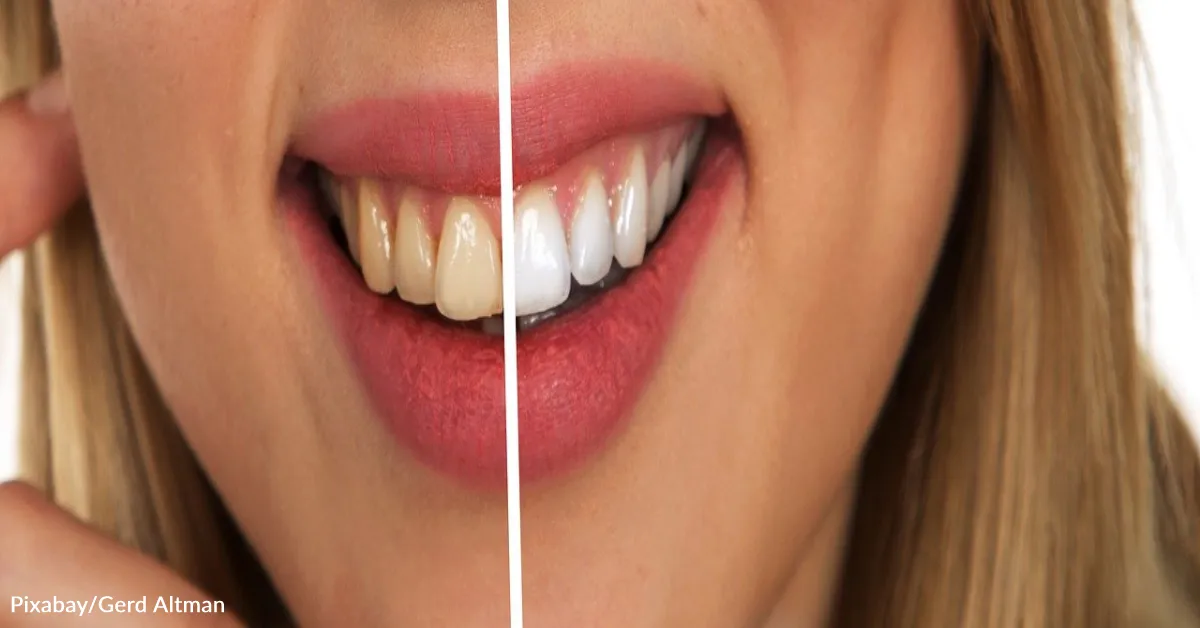
Gum irritation during teeth whitening usually results from direct contact of the whitening agent with the gum tissue. This commonly occurs due to several factors. Poorly fitted whitening trays, especially in at-home kits, can cause the gel to leak and touch the gums. An ill-fitting tray can lead to the gel flowing over the edges and coming into contact with the gums. In professional settings, if the dentist doesn’t adequately protect the gums with a protective barrier, the whitening solution can seep onto the tissue. High concentrations of hydrogen peroxide or carbamide peroxide in the whitening product can also be a primary cause of irritation, as these chemicals are potent and can inflame delicate tissues. Furthermore, individuals with pre-existing gum conditions, like gingivitis, may be more susceptible to irritation. Following proper application techniques and ensuring the gums are shielded from the whitening solution is crucial to prevent teeth whitening problems.
Treating Gum Irritation
If you experience gum irritation from teeth whitening, there are several steps you can take to alleviate the discomfort and promote healing. First, rinse your mouth thoroughly with water to remove any residual whitening agent. Avoid brushing or flossing the irritated area for a day or two to allow the gums to heal. You can apply a small amount of vitamin E oil to the affected area, which has soothing and healing properties. Consider using a saltwater rinse (1/2 teaspoon of salt in a cup of warm water) several times a day to reduce inflammation and promote healing. Avoid harsh mouthwashes that contain alcohol, as they can further irritate the gums. If the irritation is severe, with significant pain or blistering, consult your dentist immediately. They can provide professional treatments or recommend medicated ointments to aid in the healing process and prevent further teeth whitening problems.
Uneven Results
Achieving uniform whitening across all teeth can sometimes be a challenge. Uneven results are a common teeth whitening problem, where some teeth whiten more than others, or certain areas of a tooth remain discolored. This can create an aesthetic issue and leave you with a less-than-perfect smile. Uneven whitening can occur due to several factors, including variations in tooth enamel thickness, the presence of fillings or crowns that don’t whiten, and the type and concentration of the whitening agent used. Moreover, the effectiveness of whitening can be affected by the types of stains present; extrinsic stains (on the surface) tend to respond better than intrinsic stains (within the tooth structure). Addressing uneven whitening requires careful consideration of the underlying causes and, in some cases, may involve a combination of different whitening techniques or restorative dental procedures. Understanding these factors helps you to manage expectations and choose the most appropriate whitening approach for the best possible outcome and minimize teeth whitening problems.
Why Whitening Isn’t Always Even
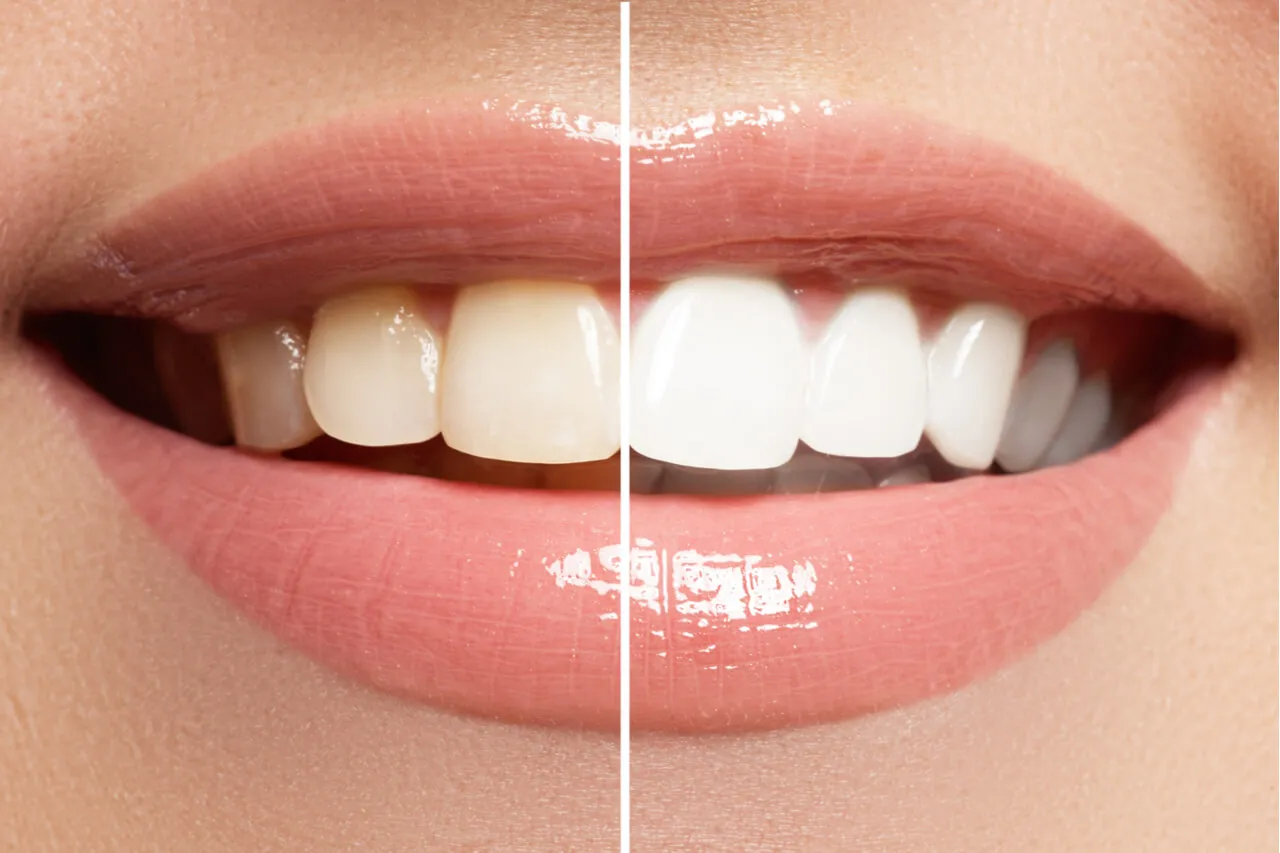
Several factors contribute to uneven whitening results. The natural thickness of tooth enamel varies from tooth to tooth and from person to person. Thicker enamel responds better to whitening agents, while thinner enamel may whiten less effectively. The presence of dental work, such as fillings, crowns, veneers, and bridges, does not whiten with bleaching agents, which creates a contrast between the natural and artificial parts of the tooth. The type and severity of stains also influence the outcome. Extrinsic stains, such as those from coffee, tea, and tobacco, are easier to remove than intrinsic stains caused by medications or developmental issues. The teeth at the front of the mouth often receive more attention during brushing and may have thinner enamel, affecting how the whitening agent works. Finally, the application method – whether at-home trays or in-office treatments – can impact the uniformity of whitening; uneven coverage can lead to uneven results, contributing to teeth whitening problems.
Tips for More Uniform Whitening
To achieve more uniform whitening, consider the following strategies. Consult with your dentist before starting the whitening process. A dental professional can assess your teeth, identify any potential issues (such as fillings or crowns), and recommend the most suitable treatment plan. If you have fillings or crowns, discuss options for replacing them after whitening to match the new shade of your natural teeth. Ensure proper tray fit if using at-home whitening kits; ill-fitting trays can lead to uneven application. Follow all instructions provided by your dentist or the product manufacturer carefully. Consider professional whitening treatments; dentists can use stronger whitening agents and more precise application techniques, leading to more consistent results. Regularly clean and maintain your teeth to remove surface stains and plaque, promoting better results. If unevenness persists, discuss alternative treatments like veneers or bonding with your dentist. These solutions may better address the issue and further reduce teeth whitening problems.
Tooth Damage & Enamel Erosion
While teeth whitening is generally safe, there are potential risks of tooth damage and enamel erosion, especially with overuse or improper application. Frequent or prolonged exposure to high concentrations of whitening agents can weaken the enamel, making teeth more susceptible to cavities and sensitivity. Enamel erosion involves the gradual wearing away of the protective outer layer of the tooth, which can expose the dentin underneath, leading to increased sensitivity and discoloration. Though the risks are relatively low, it is crucial to adhere to professional guidelines and use whitening products as directed to minimize the potential for damage. The long-term impact of whitening on enamel is an area of ongoing research, emphasizing the importance of a cautious approach and regular dental check-ups to monitor oral health and manage any potential teeth whitening problems.
How Whitening Affects Enamel
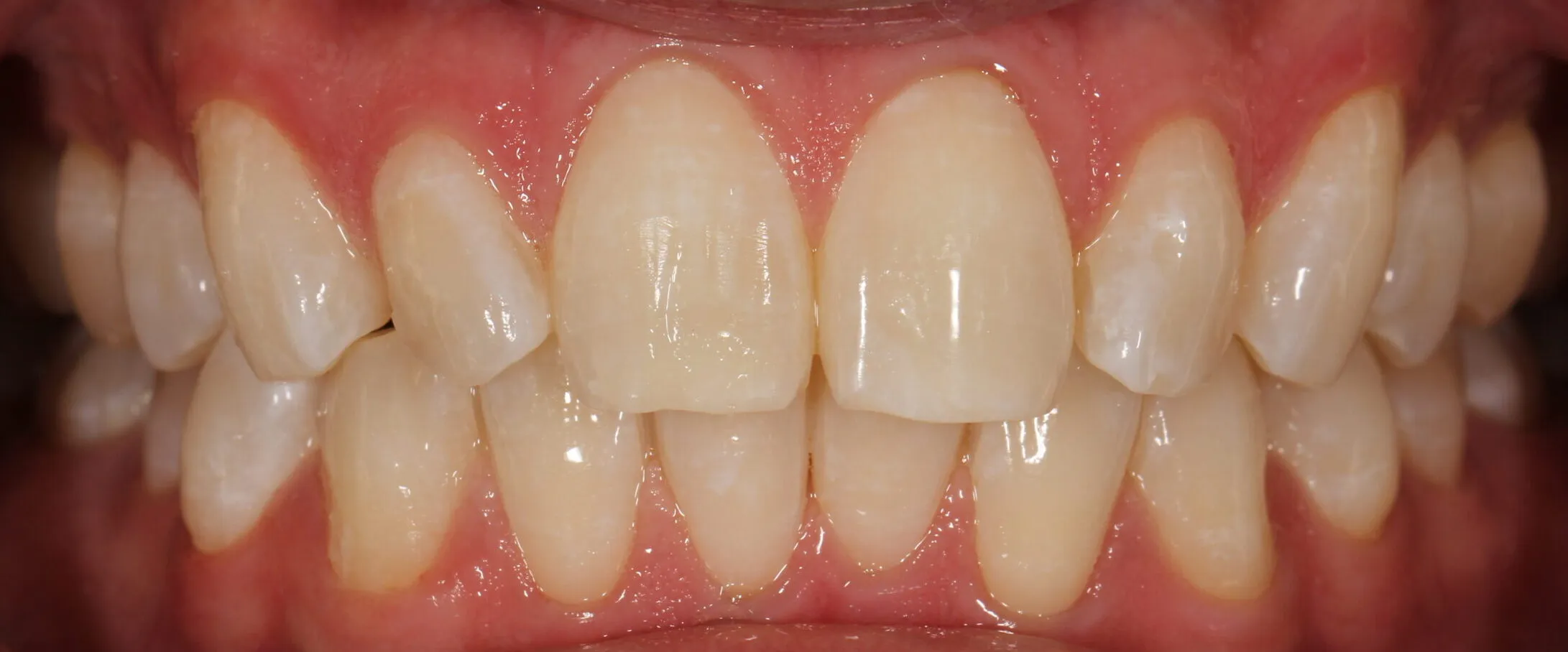
The active ingredients in teeth whitening products, such as hydrogen peroxide, break down into oxygen radicals, which penetrate the enamel to break down stains. While effective, this process can affect the enamel structure if not managed properly. High concentrations of the whitening agent can dehydrate the teeth, making them more porous and susceptible to damage. Overuse or excessive application can lead to the loss of minerals from the enamel, which weakens the tooth’s protective layer. Moreover, the enamel can become more vulnerable to acids from foods and drinks, increasing the risk of erosion. People with pre-existing dental conditions, like enamel hypoplasia (thin or underdeveloped enamel), are at higher risk. Following professional recommendations, using the appropriate concentration of whitening agent, and avoiding over-whitening can help prevent enamel damage and the associated teeth whitening problems.
Protecting Your Enamel
To protect your enamel during teeth whitening, there are several preventative measures you can take. Always consult with your dentist before starting any whitening treatment. They can assess the health of your teeth and gums and recommend a safe and effective plan. Follow the instructions provided by your dentist or the product manufacturer carefully, adhering to the recommended application times and frequencies. Consider using a whitening toothpaste with fluoride, which helps strengthen enamel and remineralize teeth. Avoid over-whitening, as this can lead to enamel erosion. If you experience sensitivity, take a break from whitening treatments or reduce the application time. Maintain good oral hygiene practices, including regular brushing and flossing, to remove plaque and bacteria that can contribute to enamel damage. Regular dental check-ups allow your dentist to monitor your teeth and gums and identify any early signs of damage, helping to manage and minimize potential teeth whitening problems.
Cost and Maintenance Concerns
Besides the immediate side effects, the cost and ongoing maintenance associated with teeth whitening can also pose concerns. Professional whitening treatments can be expensive, especially for multiple sessions. At-home kits are generally more affordable but may require multiple purchases over time. The results of teeth whitening aren’t permanent; touch-up treatments or maintenance are needed to maintain the desired shade. Moreover, lifestyle choices, like consuming staining foods and beverages (coffee, tea, red wine), can affect the longevity of the whitening effect. Understanding the financial implications and the commitment required for maintenance is crucial before undergoing teeth whitening to ensure it aligns with your budget and lifestyle. Considering these factors allows you to make an informed decision and manage expectations regarding the financial and time commitments, as well as reducing potential teeth whitening problems.
The Expense of Professional Whitening
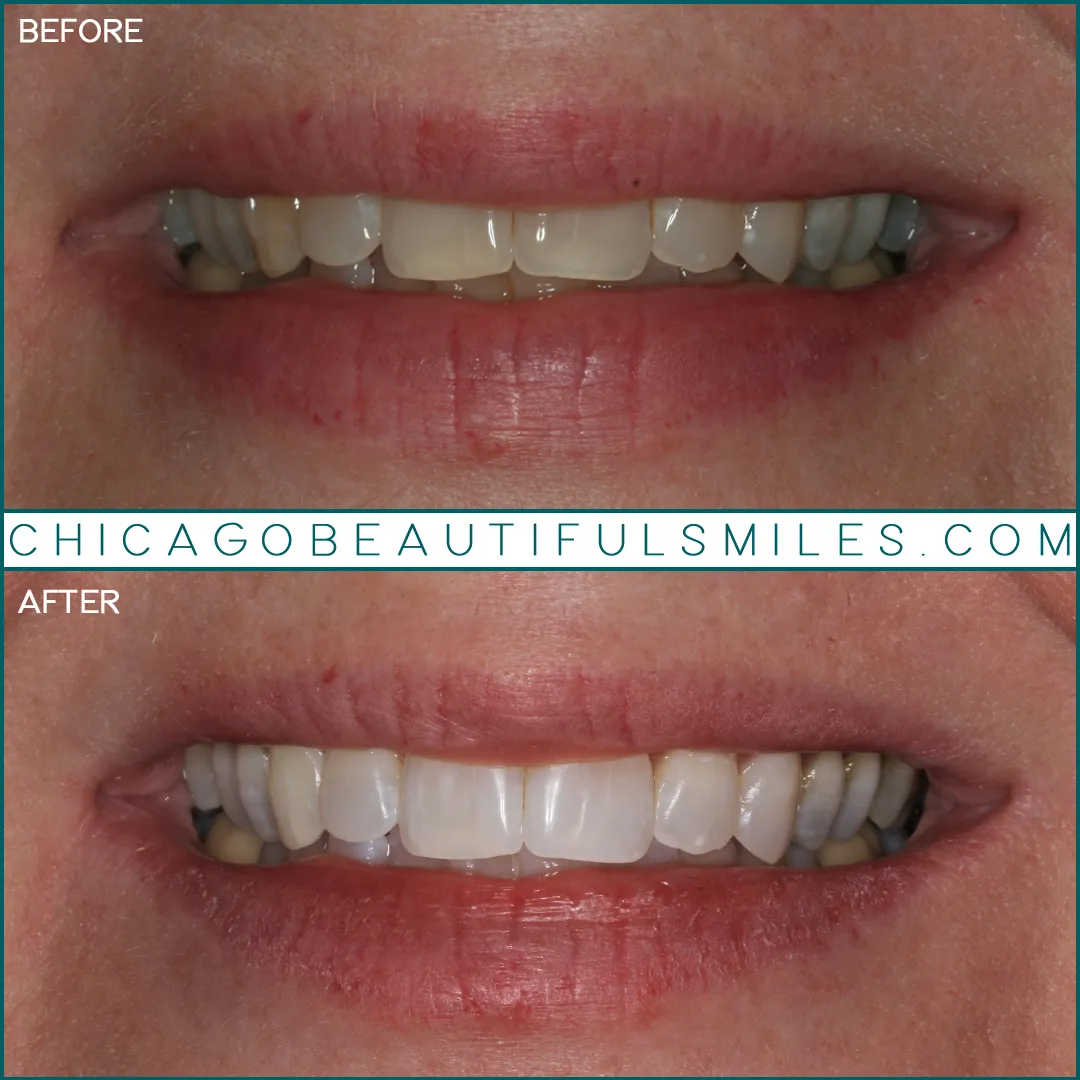
The cost of professional teeth whitening can vary significantly based on the location, the dentist’s fees, and the specific treatment method used. In-office whitening procedures are generally more expensive than at-home treatments because they involve the dentist’s time, specialized equipment, and higher concentration of whitening agents. Multiple sessions may be needed to achieve the desired results, which can further increase the overall cost. Factors such as the dentist’s experience, the region’s cost of living, and the complexity of the case also influence the price. Before undergoing professional whitening, it’s essential to inquire about the total cost, including any follow-up appointments or maintenance treatments. Consider the value of the investment, the expected results, and the long-term benefits. While professional whitening can be more costly, it often delivers faster and more dramatic results under the supervision of a dental professional, reducing potential teeth whitening problems.
Maintaining Results Long-Term
Maintaining the results of teeth whitening requires a combination of lifestyle adjustments and regular dental care. Avoiding or minimizing the consumption of staining foods and beverages, such as coffee, tea, red wine, and dark-colored berries, is crucial. If you do consume these items, rinsing your mouth with water immediately afterward can help reduce staining. Regular dental hygiene, including brushing twice a day, flossing daily, and using a whitening toothpaste, helps remove surface stains and maintain the brightness of your teeth. Consider periodic touch-up treatments using at-home whitening kits or professional sessions. Regular dental check-ups and cleanings are essential for monitoring the results, addressing any new staining, and ensuring overall oral health. The lifespan of the whitening effect varies depending on individual factors and lifestyle habits; maintaining the results requires consistent effort and care to minimize teeth whitening problems.
Conclusion
Teeth whitening is a popular cosmetic procedure, capable of providing a brighter, more confident smile. However, it is essential to be aware of the potential teeth whitening problems and take necessary precautions to minimize risks. Understanding potential issues like sensitivity, gum irritation, uneven results, and enamel erosion allows you to make informed decisions and proactively manage your oral health. Consulting with a dentist is vital before starting any whitening treatment, as they can assess your individual needs, provide tailored recommendations, and help you avoid common pitfalls. By selecting appropriate whitening methods, following professional guidance, and maintaining good oral hygiene, you can achieve the smile you desire with a reduced risk of complications. Remember, a healthy, beautiful smile is the result of informed decisions, diligent care, and a partnership with your dental professional. By understanding the common teeth whitening problems, you are better prepared to enjoy a brighter, more confident smile for years to come.
